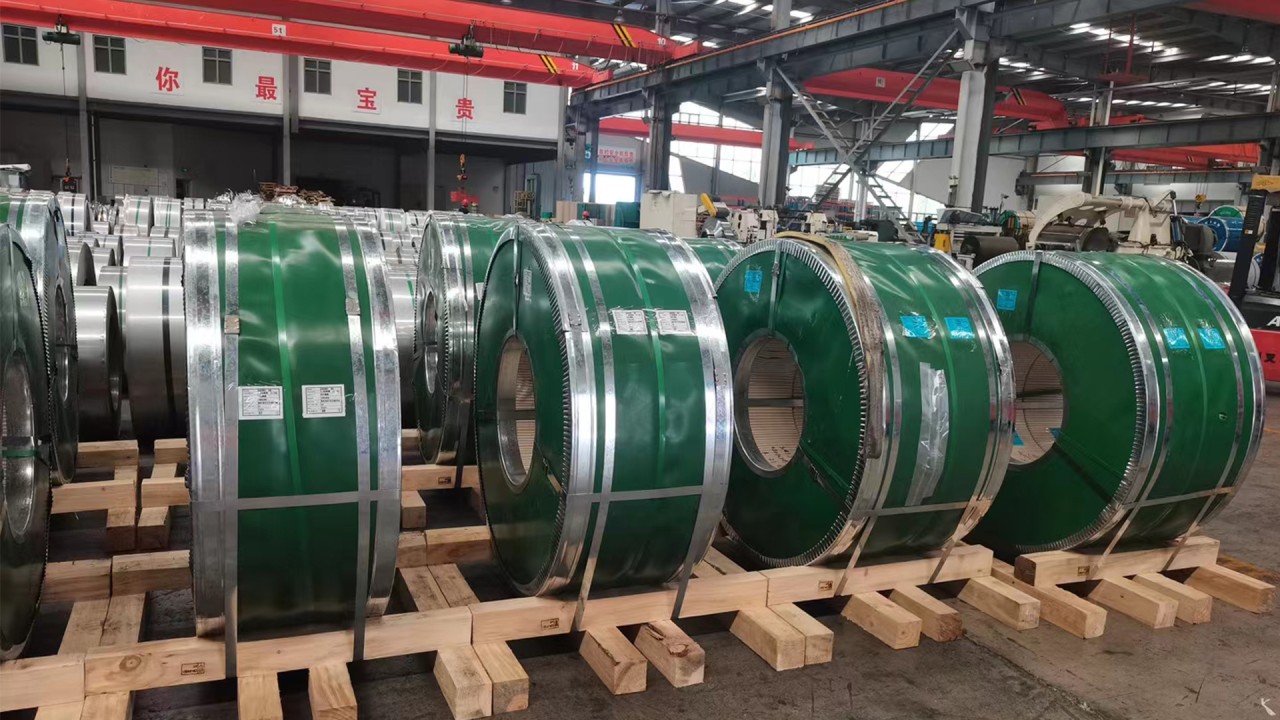Stainless steel floor plates are critical for different uses in industrial and commercial structures as they are long-lasting, have high corrosion resistance, and are slick in appearance. Stainless steel floor plate suppliers provide a range of products as per grade requirements to resist the nature and function of various areas. It is important to know these grades so that the appropriate material is used for that job. This article specifically looks at the grades of stainless steel flooring supplier, their characteristics, and their ideal applications.
Understanding Stainless-Steel Grades
Stainless steel is classified according to the type of alloying addition and the mechanical and chemical characteristics arising from it. The basic components of steel are chromium, nickel, and carbon while other additives such as molybdenum or manganese can be incorporated for improved properties. The flow of the grade defines the capacity of stainless steel to resist corrosion and its strength as well as its use. 304, 316, and 430 grades are typically used for floor plates, and each possesses certain advantages over one another.
Grade 304 Stainless Steel: The All-Purpose Solution
And grade 304 is considered as one of the common stainless-steel grades for making floor plates because of its good characteristics. It is made up of 18 percent chrome and eight percent nickel, a mix that gives the material appropriate levels of corrosion, wear, and cost considerations. Suppliers suggest this grade for use when particular items are vulnerable to corrosion in heavy industrial atmospheres or by light chemicals like in warehouses, and stairways among others. Another clear benefit of using 304 types of stainless steel is the fact that it is rust-free no matter the atmospheric condition surrounding it. Still, it cannot be recommended in highly corrosive settings, such as chloride or acidic – because the coating would quickly deteriorate. Due to its relatively low cost and its positive characteristics in other respects, it is widely used in various applications.
Grade 316 Stainless-Steel: Enhanced Corrosion Resistance
In situations where better corrosion resistance is needed, using grade 316 materials is more common. Their composition includes 16% chromium, 10% nickel, and 2% molybdenum, the total component of this grade. The presence of molybdenum improves its capacity to withstand chloride and acidic surroundings and therefore it is designed for use in marine, chemical, and food industries. Floor plates stainless-steel suppliers opt for grade 316 for production because of its suitability in health care and chemical handling industries. Its immunity to pitting and crevice corrosion renders the grade ideal for wet or salty conditions, and this makes it have an improved service life as compared to other grades. As grade 304 costs more than standard stainless steel, it is understandable that the slight changes in the composition and increase in the price make it more suitable for demanding applications because of its increased and reliable durability.
Grade 430 Stainless Steel: A Cost-Effective Option
Grade 430 steel is a ferritic steel with only a chromium content of 16–18% and very low or no nickel content at all. This composition makes it less costly than the grades 304 and 316 but has low corrosion endurance and hardness. It still works best in areas with little or no moisture and where it is unlikely to meet corrosive chemicals. For applications such as ornamental, interior decorative, or where the cosmetic appearance of the product is preferred over its strength, suppliers generally recommend grade 430. Albeit having a lower level of corrosion resistance than grade 304 or grade 316, it is considered an economic option for organizations with minimal risk levels.
Selecting the Proper Grade for the Application
The type of floor plate to be used should be made from the right stainless-steel grade based on characteristics such as moisture, chemical exposure, and abrasion resistance. It is important to be aware of the conditions of the environment in which stainless steel will be utilized to be able to make informed decisions. In general, applications for Industrial usage, grade 304 pass the standard set by its relatively cheaper price with acceptable performance. Nevertheless, grades 316 are used in places where there is a high usage of corrosive agents. For aesthetic or non-corrosive environments, a grade 430 is more cost-effective.
Conclusion
These stainless-steel floor plates are ideal in several ways because of their strength, ability to withstand compounds, and aesthetic touch. The grades, including 304, 316, and 430, each come with their advantages, and they are appropriate for varying contexts. Knowledge of these grades enables the users to decide which type to select for their given purpose. Any business person who wants to acquire the stainless-steel floor plate should seek advice from suppliers who have extensive experience in this line of business to get the right grade that will offer a firm and durable service.


